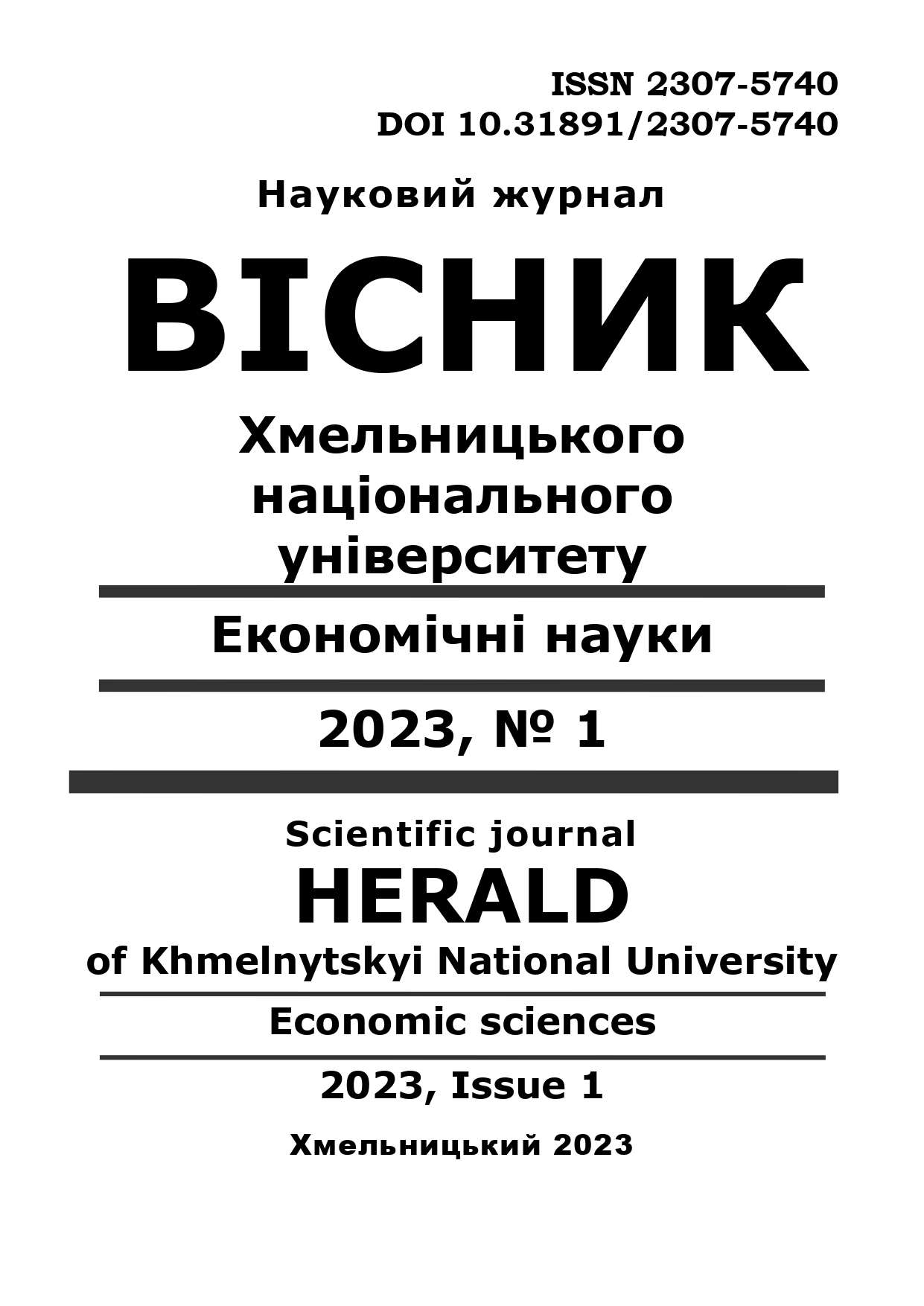CONCEPTUAL PROVISIONS OF CURRENCY LIBERALIZATION AND ITS RELATIONSHIP WITH MACROECONOMIC TRENDS
DOI:
https://doi.org/10.31891/2307-5740-2023-314-1-21Keywords:
currency liberalization, monetary policy, money circulation, macroeconomic trendsAbstract
The article emphasizes the need for currency liberalization processes in the context of solving the tasks of ensuring the macroeconomic stability of the national economy. The negative changes that occur in the absence of currency liberalization policy in the country are highlighted. A number of scientific views regarding the essence, meaning and conditions of currency liberalization are presented in detail. Conceptual characteristics of currency liberalization are determined, where the concept is considered as a goal, measure, action, tool, prerequisite. The importance of the state's participation in the measures of currency liberalization, which involves both the formation of an institutional and legislative environment and a system of control and regulation of money circulation, has been proved. Currency liberalization largely stems from the systemic aspects of monetary and credit state policy. The system of tasks of currency liberalization in the context of ensuring positive macroeconomic trends is defined, the expected results of which are protection and protection, provision, optimization, regulation, and achievement of the stability of the national monetary unit. The process of currency regulation of the economy requires the implementation of a complex of organizational, economic, financial and management measures as components of the effective implementation of the monetary policy of social development. The need to implement currency liberalization under the conditions of overcoming the economic crisis and carrying out important social reforms was emphasized. High-quality and effective currency liberalization has a positive effect on economic growth, but its role is no less important in the context of ensuring the country's economic security due to its systemic impact on macroeconomic dynamics, inflation rates, the state of the consumer market, and the employment structure of the population. Currency liberalization is a specific institutional form of regulation of socio-economic relations carried out by the country through strict regulation of currency processes and corresponding flows in relation to established goals.


